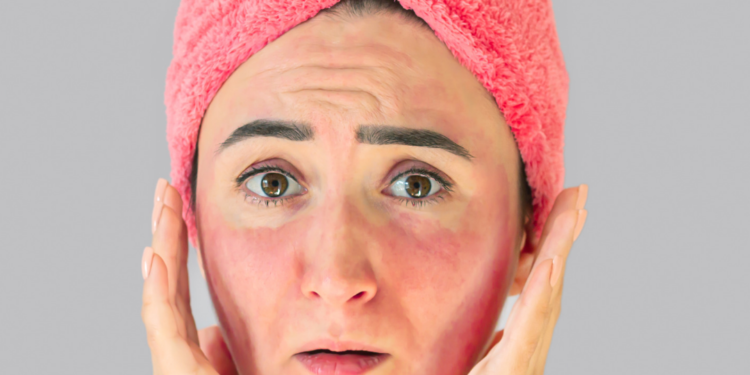When you hear the word “celebrity”, it’s very easy for anyone to relate it to luxury and the finest things in life. But let’s not forget that celebrities are also humans and can battle with as many health conditions as normal people do, even the incurable kind too. Behind these famous smiling faces lies health conditions. One such example is talented singer and actress Selena Gomez.
Despite her successful career, Gomez has been open about her struggle with lupus, which is a chronic autoimmune disease. In this article, we’ll look at what lupus is, and how it affects those who have it.

What is Lupus?
Typically, the immune system targets and fights off foreign threats in the body like bacteria, viruses and fungi. But in the case of lupus, the body’s immune system mistakenly attacks its own tissues and organs. The attack from the immune system can cause inflammation in different parts of the body.
According to the Annals of Rheumatic Diseases, “the global prevalence of systemic lupus erythematosus (SLE) is 43.7 per 100,000 people”. It is notably more prevalent in women, particularly during their childbearing years.
Symptoms of Lupus
The common symptoms of lupus include fatigue, joint pain, and fever. However, there are specific manifestations of lupus. The first and obvious manifestation is the skin rashes, which are sometimes shaped like a butterfly. The second is kidney problems and the last one is headaches or confusion.
What is The Cause of Lupus?
There isn’t an exact cause for lupus, because scientists are yet to fully understand what causes it. But it is believed to stem from a combination of genetics, hormonal, and even environmental factors. Some people have a family history of this chronic autoimmune condition. As a result, they’re more at risk of having lupus and even passing it down to their children.
Furthermore, when we talk about hormones and lupus, we’re mostly looking at a hormone called estrogen. Estrogen is a hormone that’s more common in women, especially during the years when they can have children. This is also when lupus tends to show up most often. Scientists think that estrogen might make the immune system more active, which could lead to it mistakenly attacking the body’s own tissues; this is what happens in lupus. This might be why lupus is seen more in women than in men.
In addition, certain environmental factors, such as exposure to sunlight, infections, stress, or certain medications etc., may trigger lupus in people genetically prone to developing lupus.
How Does Lupus Affect the Body?
Because lupus deals with the body’s immune system fighting the body’s tissues and organs, it can literally affect any part of the body.
On the skin, lupus can cause a rash that is shaped like a butterfly, which is spread across the cheeks and nose area. Lupus also affects the kidney making it hard to filter waste from the blood. This condition also causes pain, stiffness, and swelling of the joint.
Furthermore, lupus can also affect more delicate organs like the heart, lungs, and brain. The main thing lupus does is to affect the lining of the organ which causes inflammation. Once the organ becomes inflamed, regular activities carried out by this organ become difficult. For example, if lupus affects the lungs lining, it makes breathing difficult.
Are The Symptoms of Lupus The Same For Everyone?
No, lupus symptoms are not the same for everyone, and it doesn’t act the same all the time. Lupus has a cycle where the symptoms suddenly get worse, known as flare-ups. This is followed by periods where symptoms lessen or even disappear, known as remissions. These cycles can be unpredictable, making lupus a challenging condition to live with.
Bottom Line
Even though celebrities seem to have it all, they face tough challenges like everyone else. Take Selena Gomez, for example, she’s been open about her fight with lupus, a chronic autoimmune disease. Lupus makes the immune system attack the body’s own tissues and organs, causing a wide range of symptoms that can be different for each person.












